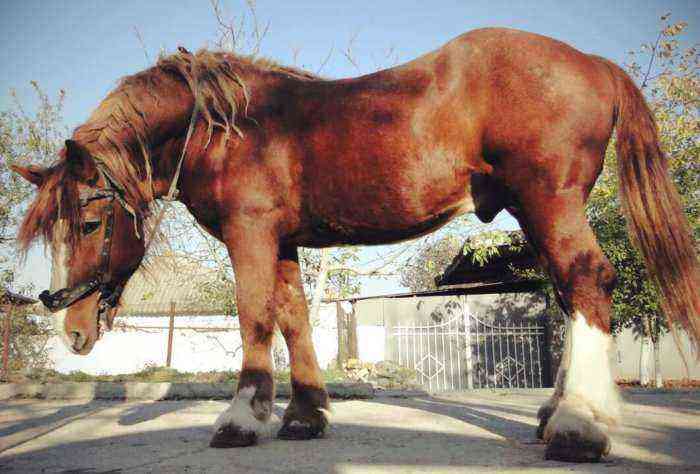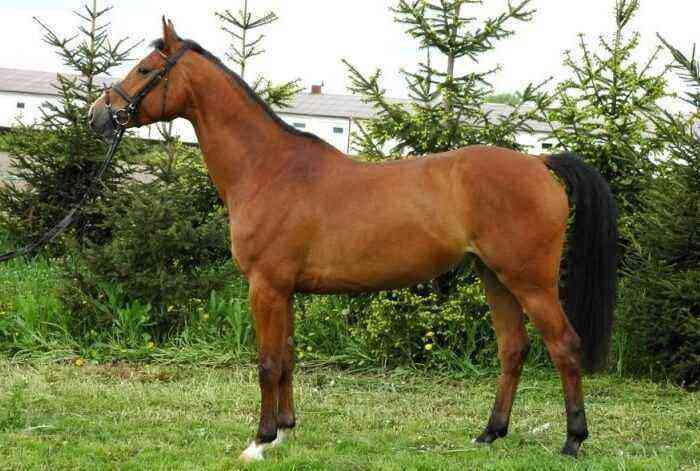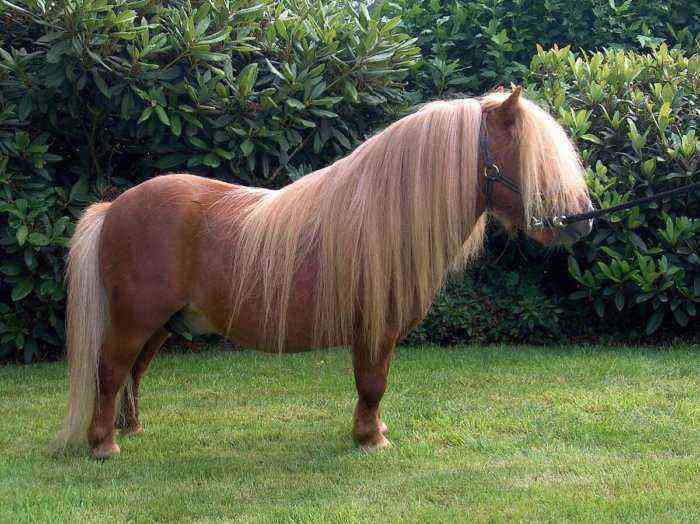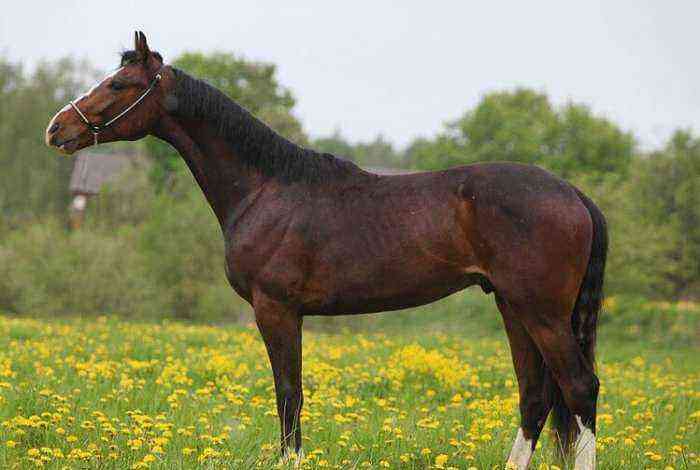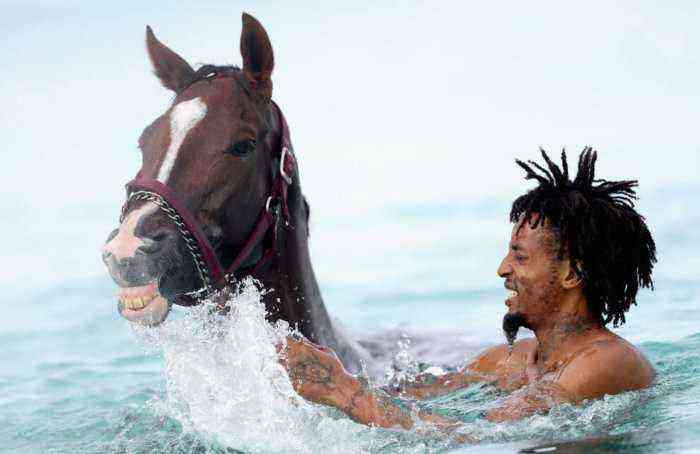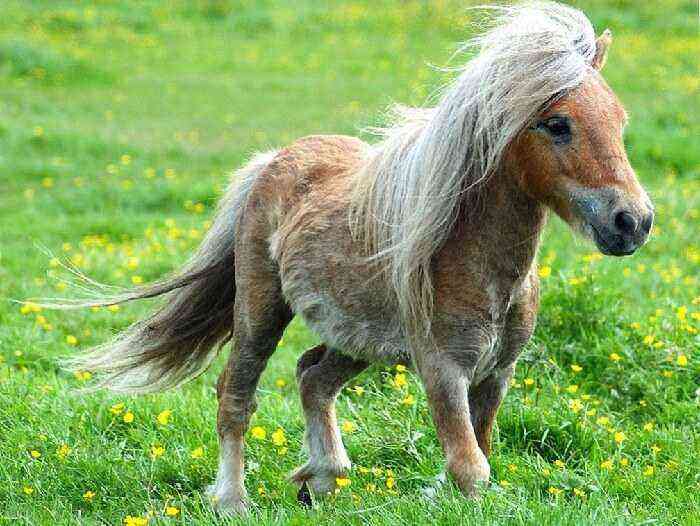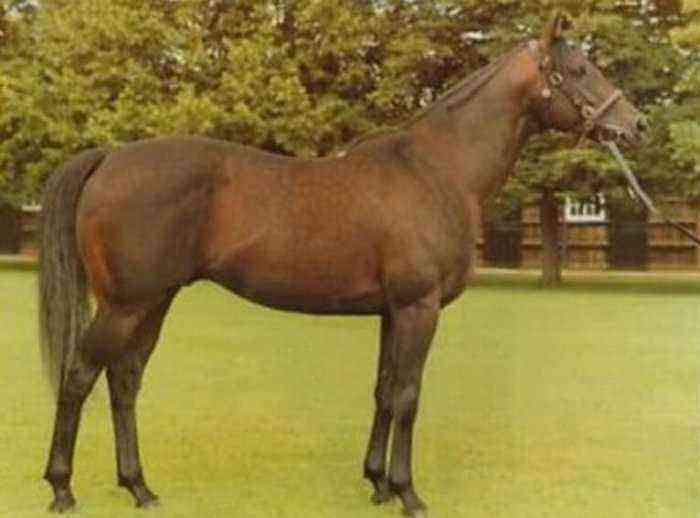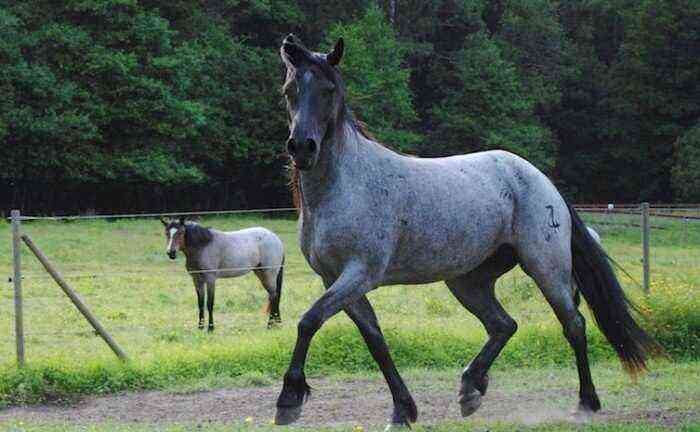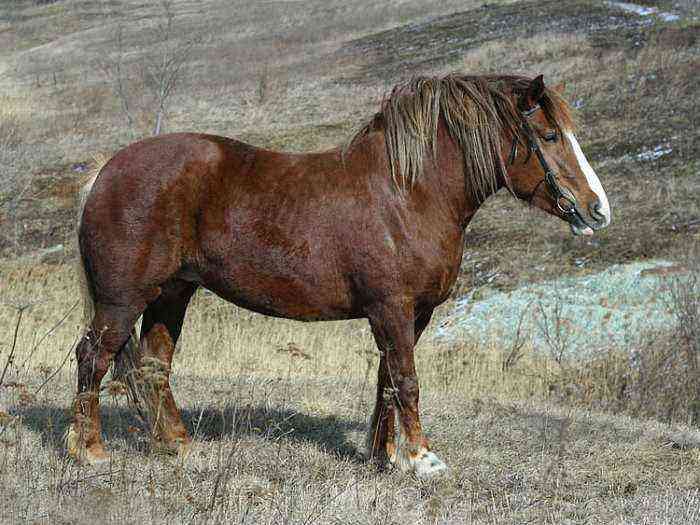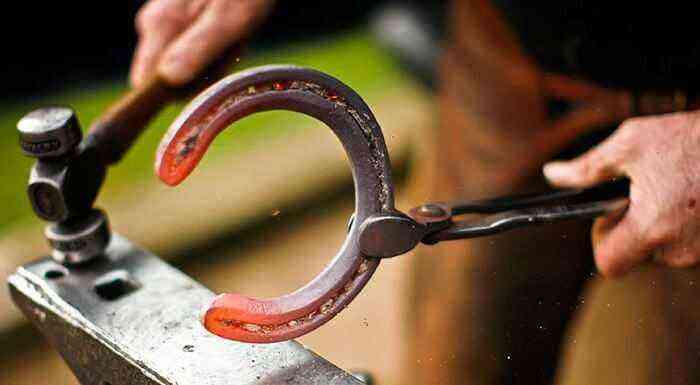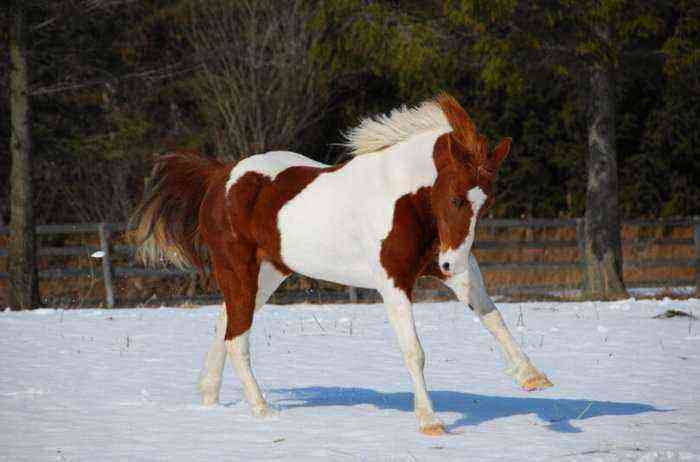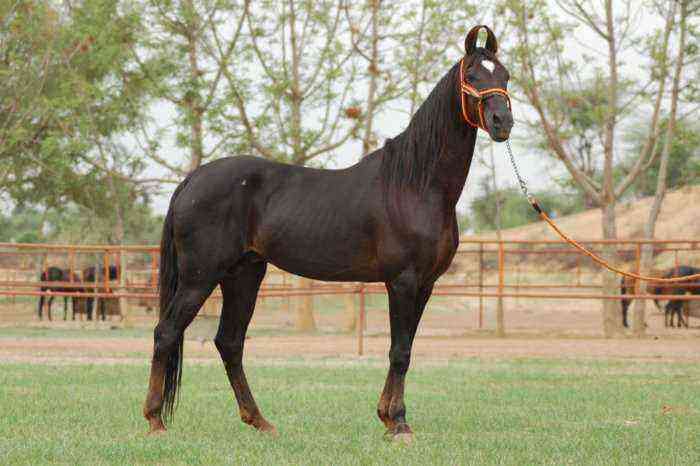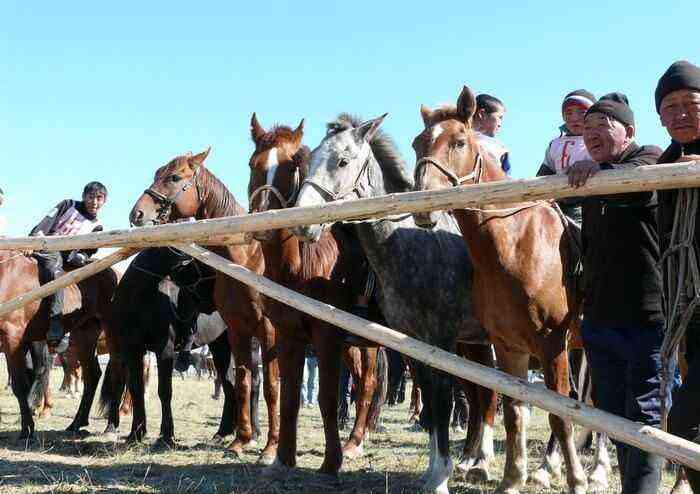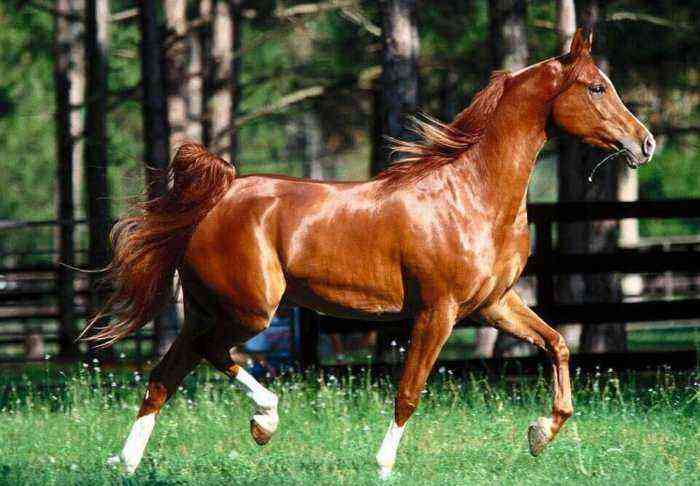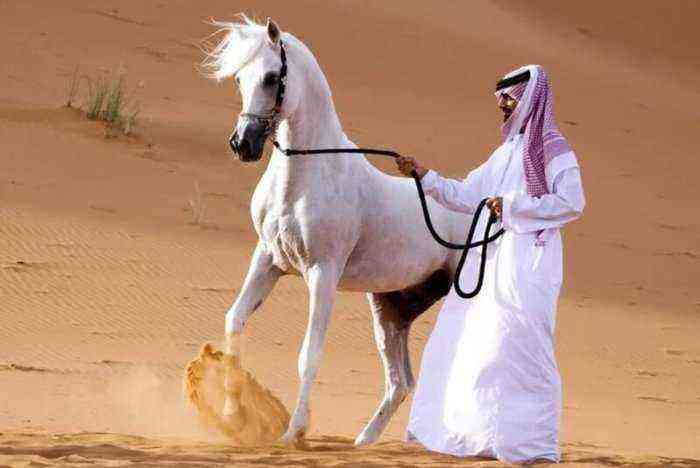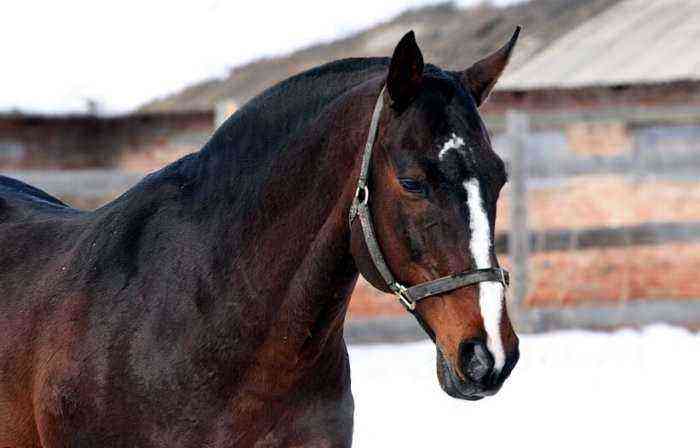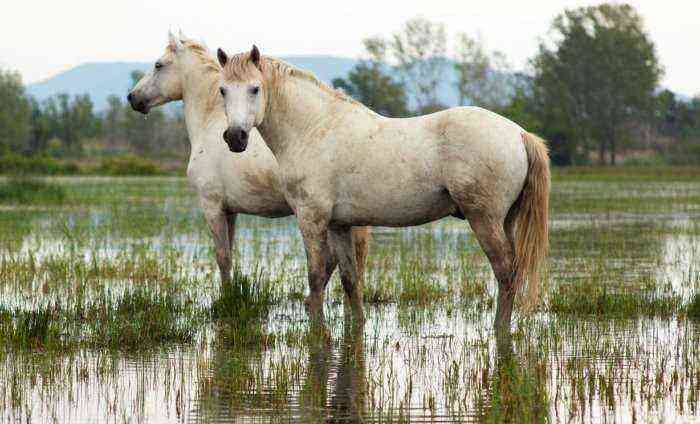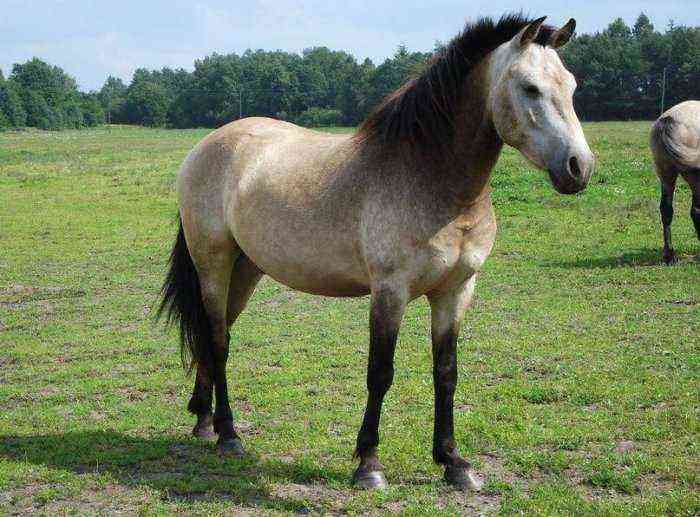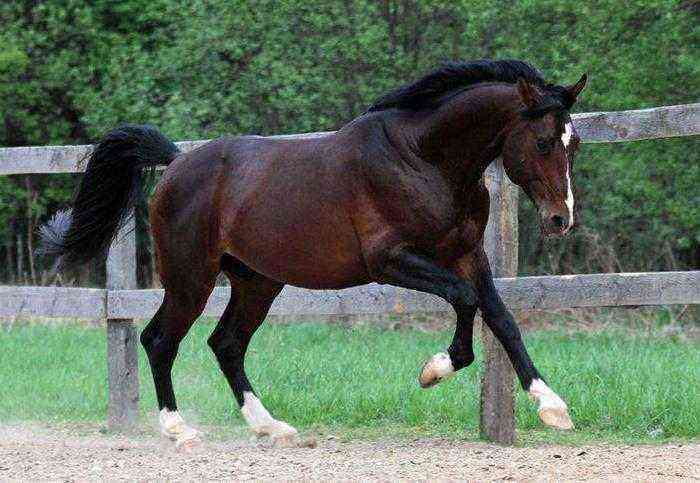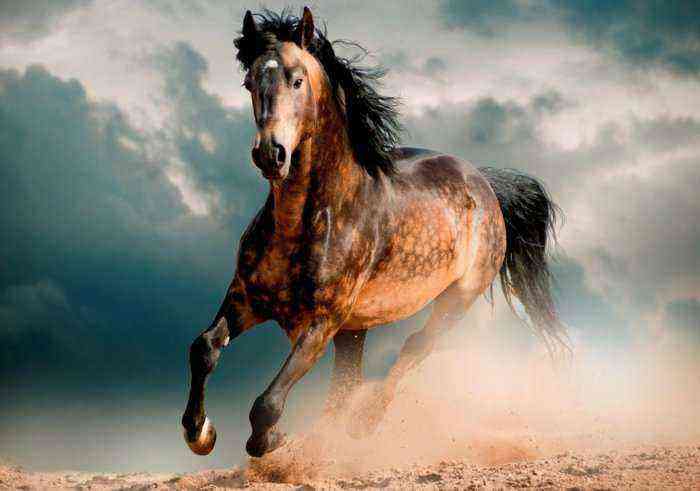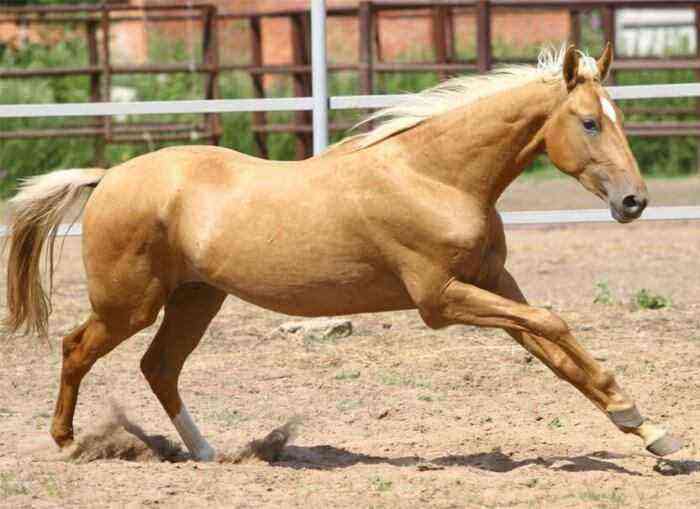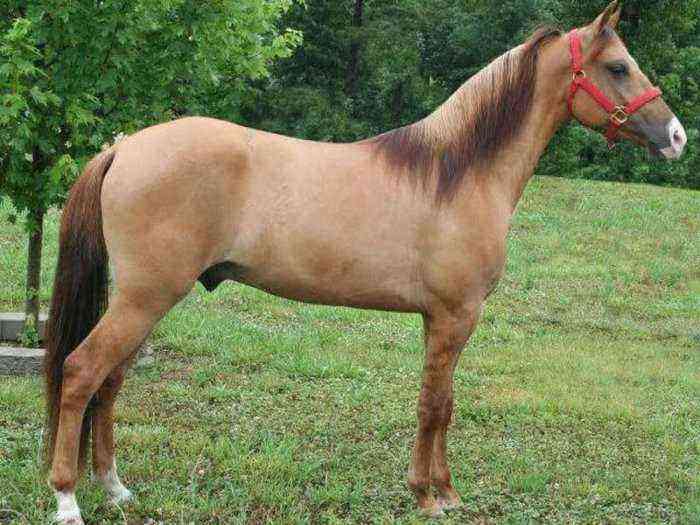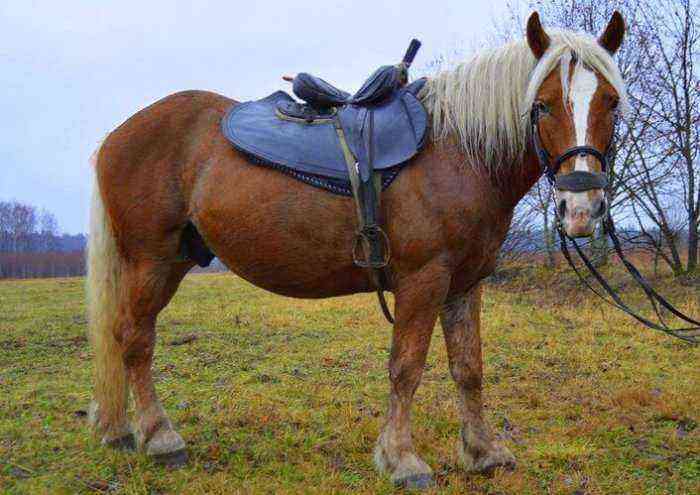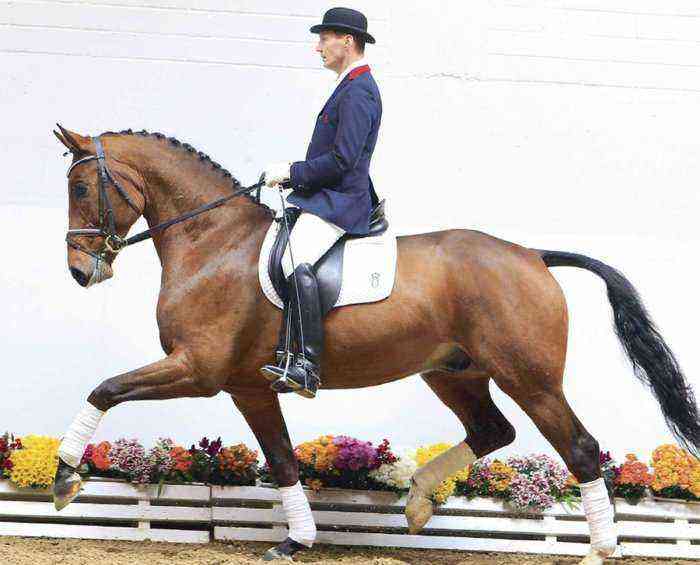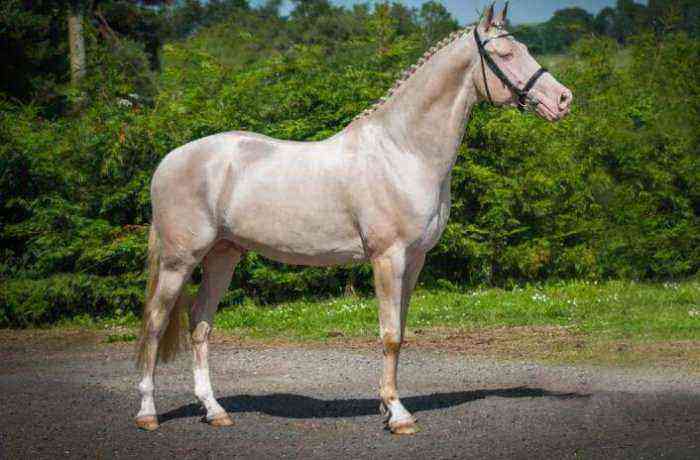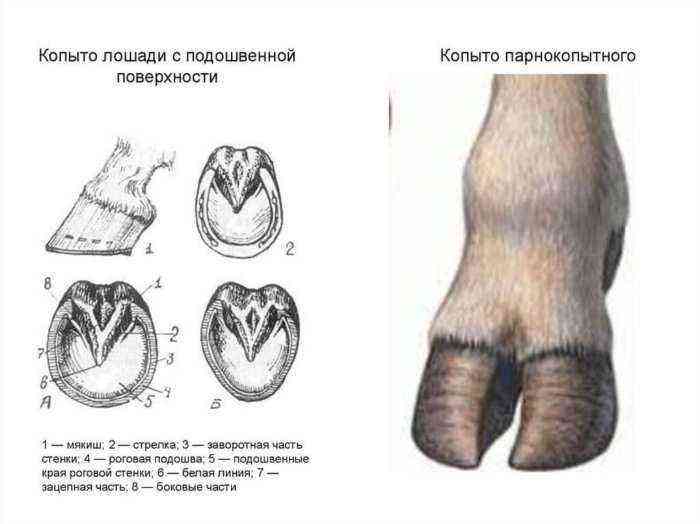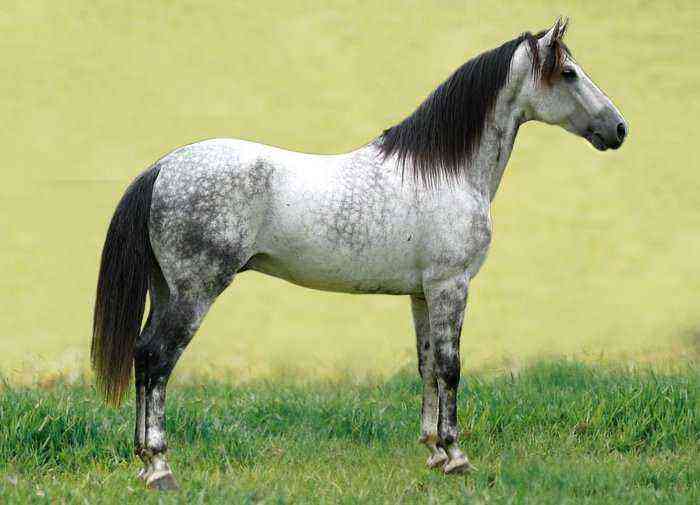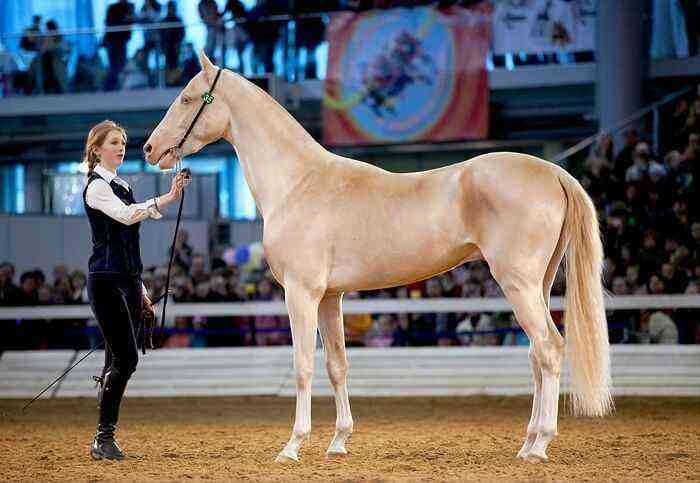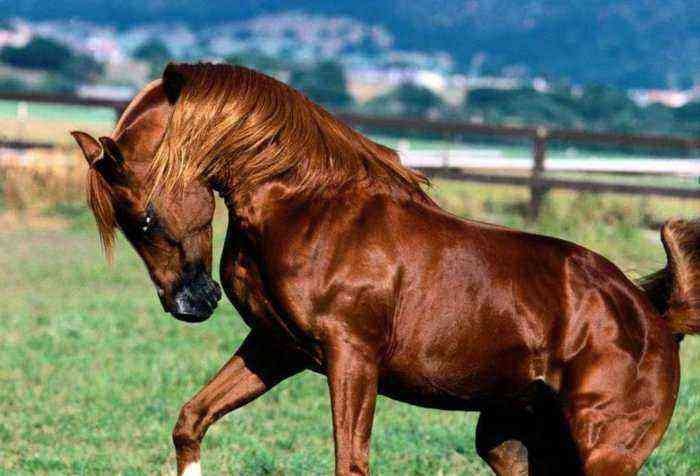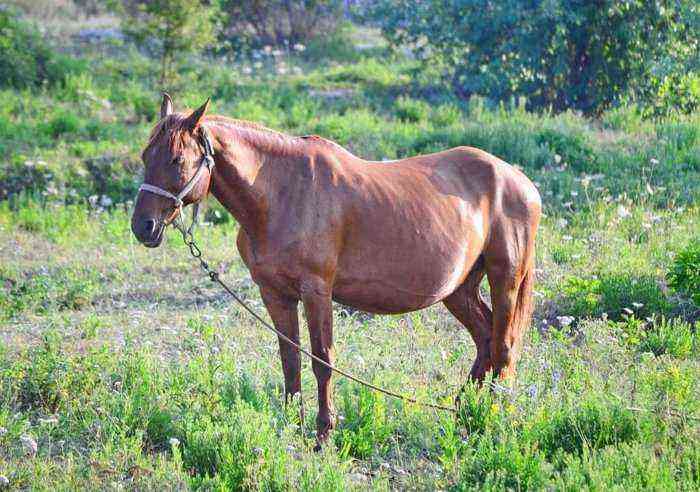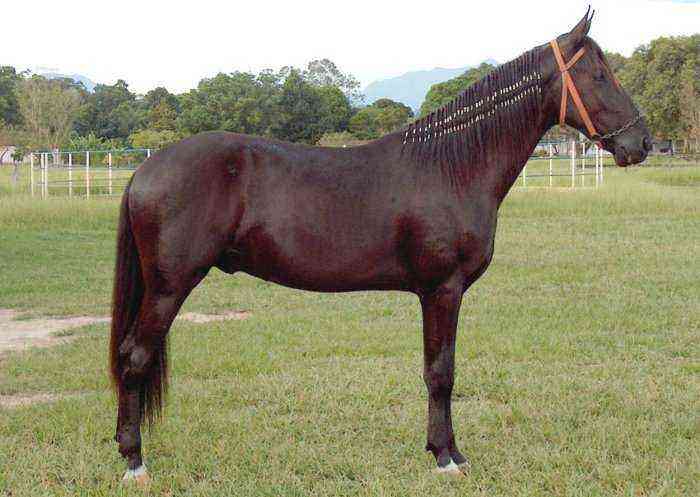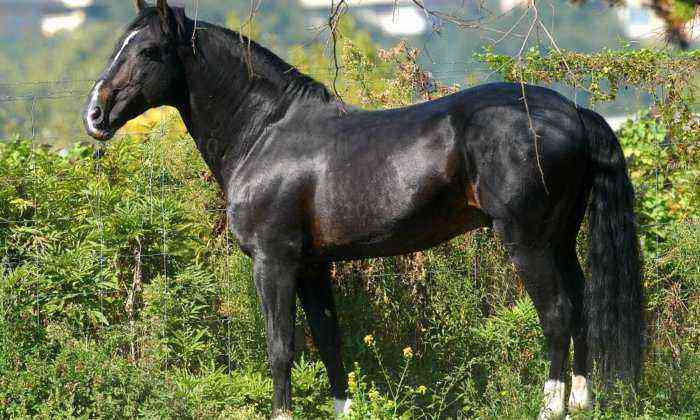Horse owners are very fond of winter. In the cold season, horse riding is much more pleasant than in summer – flies and other insects do not bother, it is not hot, and everything around is wrapped in a white blanket. With proper care, horses feel good in winter, and nothing threatens their health. However, keeping a horse during the cold months requires some knowledge from the breeder.
Horses in the winter forest
Features of winter horse care
Every breeder knows how to properly care for a beloved pet, however, some horse owners make mistakes that cause animals to suffer. In winter, the quality of care should be given special attention.
In the cold season, the diet of equids changes. Drafts and dampness are the worst enemies of animals, the horse should not be allowed to be in such conditions, otherwise diseases cannot be avoided. Winter horse care includes many nuances, for example:
- how to ride a horse in the cold season;
- Do animals need to be washed?
- how and when to cut wool;
- how to care for hooves in winter.
Preparing the stable for winter
In the fall, attentive horse breeders begin to prepare for the cold weather by landscaping the stable. Inside should be warm and dry. It is important to make sure that the wind does not blow through the windows. To do this, all the cracks must be closed. If this does not help, window openings are tightened from the outside with dense polyethylene.
If necessary, insulate the ceiling and walls. Some horse owners cover the ceilings with boards, others coat it with a two-centimeter layer of a mixture of clay and sand. Worth seeing what condition the floor is in. Often horses damage it with their hooves. In this case, all broken boards should be replaced.
Attention! The stable must be ventilated. Without access to fresh air, animals will get sick. It is best to equip the room with a ventilation system.
It is important to prepare an adequate supply of bedding. In winter, it is changed more often than in the warm season, since pathogenic microorganisms multiply faster in dampness. They can provoke the development of diseases of the skin and respiratory tract.
Walks in the open air
Horses need to be outdoors regularly. Walking boosts your metabolism and helps you stay fit. It is important to choose the right time for riding. You can walk:
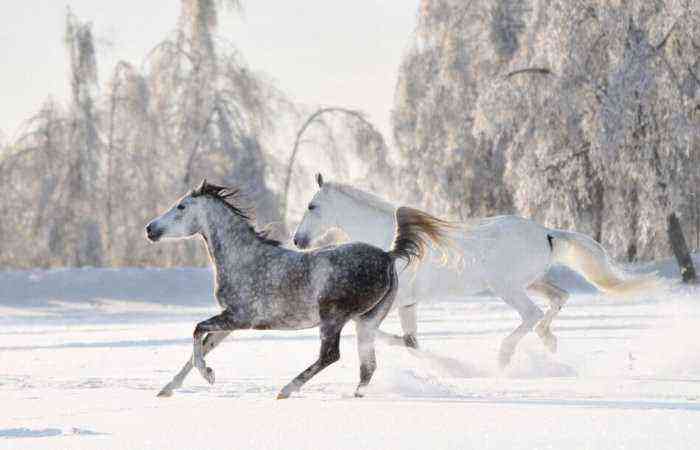
Walking horses
- in calm weather;
- when there is no precipitation;
- during daylight hours;
- an hour and a half after eating.
Experienced breeders recommend accustoming horses to winter walks by taking them outside daily. Horseback riding is not prohibited, but even desirable. The only condition is that you should not gallop the horse through deep snow. For the animal, the lynx will be a sufficient load, because it is quite difficult to rearrange the legs on a snowy road. It is better to ride on familiar terrain when the snow thickness does not exceed 7 cm.
Attention! The optimal duration of a walk in winter is 1 hour, and this includes rest time when the horse’s body cools down before returning to the stable.
How to prepare a horse for riding?
Preparation for a walk includes several stages:
- inspection of the area for icy areas, holes and potholes;
- frenulum warming;
- a little warm-up;
- lubrication of the horse’s hooves with special fat, which will protect them from snow sticking.
The use of blankets is recommended for horses that are not regularly outdoors, short-haired or sheared animals. Saddle the horse on a flat and clean surface of the ground.
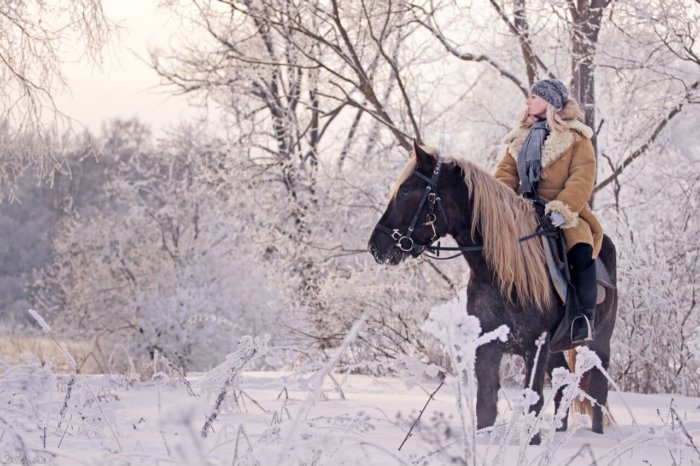
Riding
Possible dangers during winter riding:
- An abundance of dirt. It is easy to slip on such a surface.
- Deep snow, ice. A thick layer of snow hides snags, tree roots, sharp stones. It is important to lead the horse only along familiar paths, avoiding suspicious areas.
- Descents. Walking on hilly terrain after rain or snowfall, it is likely that the horse’s hooves will slip off during the descent from the mountain. In this case, both the animal and the rider can get hurt.
After riding in winter, the horse should walk at a calm pace in order to cool down gradually. 5-10 minutes of such a walk is enough, after which the limbs of the horse should be cleared of snow. After that, you can start it in the stable. Wool should be cleaned with a scraper and wiped dry. The hoof horn is greased after each walk, having previously been cleaned of dirt.
Horse grooming
During the winter, horses are sheared from 1 to 3 times. It all depends on the rate of hair growth. In central Russia, the first haircut is made in the middle or end of October, at which time the winter thick hairline begins to appear in animals.
Why cut horses, reasons:
- short hair is easier to care for;
- the probability of catching a cold in a sheared horse is lower, since in rainy or snowy weather, short hairs dry out faster;
- being in a warm stable, horses with a thick and long winter coat overheat, and this creates a great load on the heart.
Immediately before the start of the haircut, you need to introduce the pet to the machine. Let her work idle, then the animal will get used to the sound and will not resist the procedure. The areas of the body where the hair is planned to be left are marked with chalk. They start cutting from the neck, trying to drive the machine slowly with the same pressure. Every 10 minutes, the device is turned off so that it does not overheat. In this case, the blades are treated with a special lubricant, and the cut hairs are crushed from the skin of the horse.
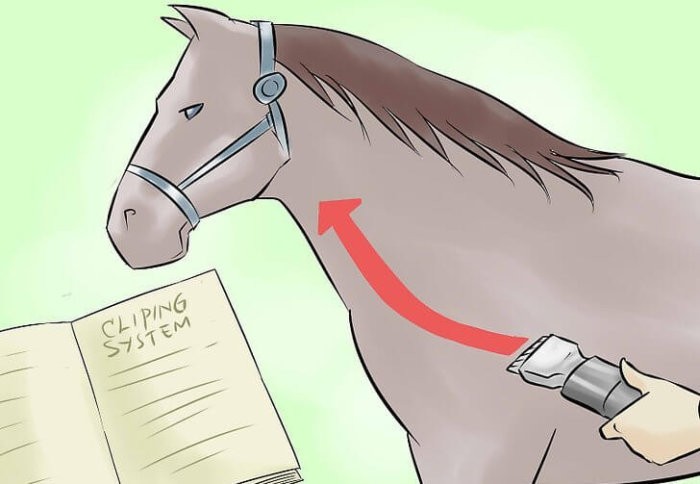
How to cut a horse
Attention! Especially carefully shear the wool in the area of uXNUMXbuXNUMXbthe joints and under the limbs. In order not to injure the skin of the pet, it is pulled by raising the desired leg.
Forging
Sliding, falling and skidding are the main dangers that await horses in the winter. To ensure the stability of the course, you need to shoe your pet.
Horseshoes designed for winter differ from summer ones in that they are equipped with holes into which special spikes are screwed on a victorious basis. In addition, anti-snow pads have been developed for horses whose training takes place mainly on the street. They prevent snow from sticking to the bottom of the hooves.
Horses that are not subjected to serious stress in winter do not need forging. Some breeders still do not want to take risks and shoe the horse partially. At the same time, the hind limbs remain intact, since the main load falls on the front legs.
Attention! After training on snowy ground, the spikes are unscrewed. Neglect of this rule leads to the development of diseases of the joints.
After 2 months, the socks of the horseshoe are removed. The hooves need rest, the duration of which is 7-10 days. Then the animal is shod again. It is important to observe these terms so that there are no problems with the limbs. The owner of the horse must monitor the condition of the hooves and check whether the pads are firmly held. If they stagger, the problem needs to be fixed. Pebbles and rubbish that have penetrated into the gap between the hoof horn and the horseshoe lead to bumps.
Bathing
Horses are not washed in winter. With the onset of cold weather, hair care is carried out with a scraper, brush and cloth. If the animal was subjected to physical activity, sweat is removed using a special tool, a water trap. Then the wool is wiped dry. Bathing a horse in winter can lead to serious health problems due to hypothermia.
Attention! Strong dirt on certain parts of the body can be removed by moistening them with a sponge and brushing, after which the skin is wiped with a soft, clean cloth.
What do horses eat in winter?
Veterinarians recommend increasing the amount of hay in the diet of horses during the cold season, as it releases more energy when digested in the intestines than concentrates. If the temperature in the stable dropped below +7 ºС, with its subsequent decrease by 1 ºС, the animal’s need for digestible energy increases by 2%.
Attention! During a long period of cooling, it is recommended to increase the rate of concentrates and hay in equal volumes. In addition, fat of vegetable origin is introduced into the horse’s diet in the amount of 120–200 ml per day.
Drinking
In winter, when horses consume a lot of hay, the need for water increases. However, they refuse to drink cold water. The result is digestive problems.
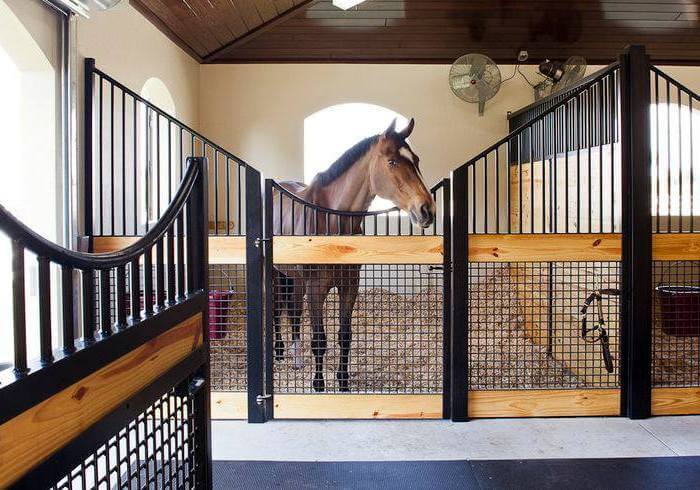
Horse in the stable in winter
Horses are watered twice a day in winter – in the morning and in the evening, offering warm water. A sufficient volume of fluid for an adult stallion is 40-60 liters. For foals, it is calculated according to the formula – 3,9 liters for every 45 kg of animal weight.
Common winter ailments
Like people, horses get sick more often in the cold season. In addition to common colds, horses have other health problems that a horse breeder should prepare for in advance.
winter blues
The constant presence in a cramped stall negatively affects the well-being and behavior of animals. Out of boredom, they have to come up with various entertainments, which often develop into addictions:
- horses gnaw at wooden partitions in the stable;
- swing from side to side;
- beat their hooves on the floor and walls.
This behavior can lead to leg injuries and premature wear of the teeth. Some individuals develop a habit of biting on objects and swallowing air, making a sound resembling grunting. At first glance, a harmless action subsequently causes colic.
So that the pet does not get bored, it is recommended to go for a walk with him more often and visit him. Some entertain their horses with music and various toys.
Colic
Increased gas formation is a serious problem that occurs more often in horses in winter. Colic bothers when the pet drinks little water. To digest roughage, hay, you need a lot of moisture. If the water in the drinker is cold, the horse will not drink it. Another reason why colic occurs is the bad habit of swallowing air.
Attention! Increased gas production sometimes leads to intestinal blockage. In severe cases, surgery may be required.
Respiratory system diseases
The most common respiratory disease in horses that occurs in winter is called fuse. It is caused by dampness in the stable, poor ventilation, and mold in the hay and bedding.
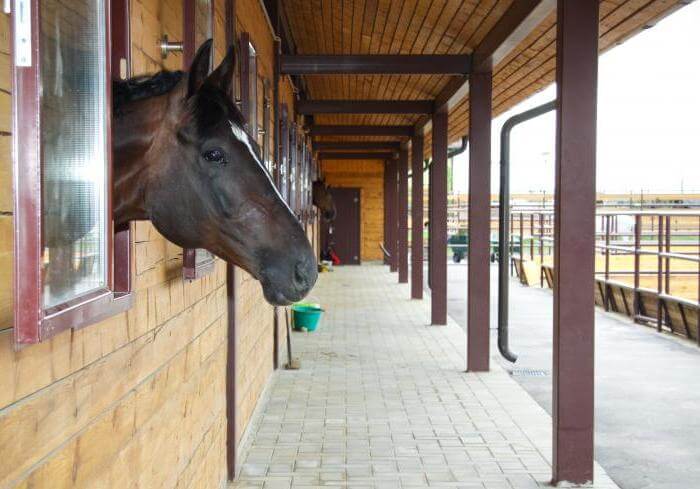
sick horse
Symptoms:
- cough;
- wheezing;
- secretion of mucus from the nasal passages.
Noticing the manifestations of the disease, it is better to invite a veterinarian. After the examination, he will prescribe the correct treatment.
Injuries
Driving on ice and snow carries an increased risk of injury. The horse can slip, fall into a hole covered with snow, stumble and fall. At risk are horses suffering from joint diseases.
The danger also lies in the fact that under the snow there are often sharp stones and knots, bumping into which animals injure themselves. Abrasions and scratches are the gateway to infection. That is why it is important to check the horse’s legs for damage every time you return from a walk. Special winter horseshoes will help reduce the risk of injury.
Caring for horses in winter requires a lot of effort and attention from the breeder. By following all the recommendations, you can protect your pet from the troubles and diseases common in the cold season.
